
Aphasia strikes a person most commonly after he/she has survived a stroke. Namely, this condition manifests through inability or disability related to processing, producing or understanding language, due to brain damage. Regardless of the fact that there are numerous different kinds of aphasia treatments, only a couple of them have been subjected to careful studying and are known to be efficient.
The Ideal Aphasia Treatment
The therapy is known to increase in efficacy if the intensity of it is increased as well. Basically, the longer the therapy lasts, the better its effect will be. Therefore, aphasia patients are bound to react better when being exposed to numerous therapy sessions over a small period of time than when they undergo therapy which involves a single session a day, lasting for a long time.
Also, people react to therapy better if numerous stimuli are used rather than a single type. Thus, music, pictures, drawings and many such props are all commonly used during aphasia treatment. Finally, the complexity of the language the patient is exposed to should be increased gradually during the course of the treatment.
The Existing Approaches
Cognitive linguistic therapy is one of the most common treatments for aphasia, connecting emotions with language. Here, patients need to interpret the meaning of words based on the emotional factors related to the tone of the utterance, or to do the same just by reading about different emotions.
Programmed stimulation is yet another approach involving various stimuli which get more and more demanding as the patient progresses.
Next, repetition and focusing on semantic and syntactic aspects of a language are parts of Stimulation-facilitation therapy.
Additionally, group therapy can be very helpful since it helps people with aphasia get feedback from both other aphasia patients and their therapists. The group treatment may also involve parents, friends and other people the patient can relate to.
As far a pragmatic treatments are concerned, PACE, being the process of promoting aphasic's communicative effectiveness, is considered to be the best kind of therapy. The PACE therapy involves a conversation between the patient and the therapist. Drawings, music, pictures and various other tools may be used in order to help the patient generate ideas and turn them into words. The process gets more demanding gradually, becoming more complex as the patient progresses.
Finally, medications and transcranial magnetic stimulation can be used for treating aphasia as well. Medications can be used along with the therapy, while TMS uses repetitive, slow exposure of the patient's damaged part of brain to magnets, promoting recovery.





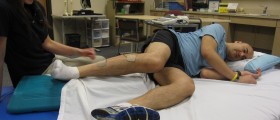
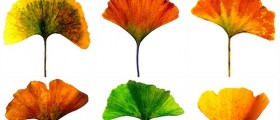
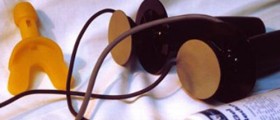
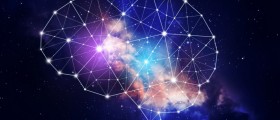
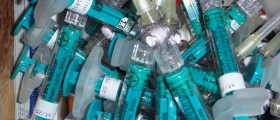

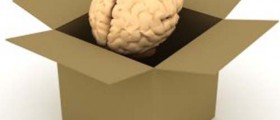

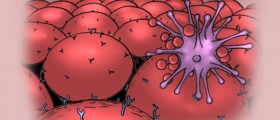
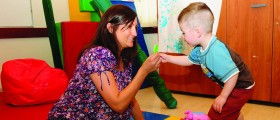


Your thoughts on this
Loading...